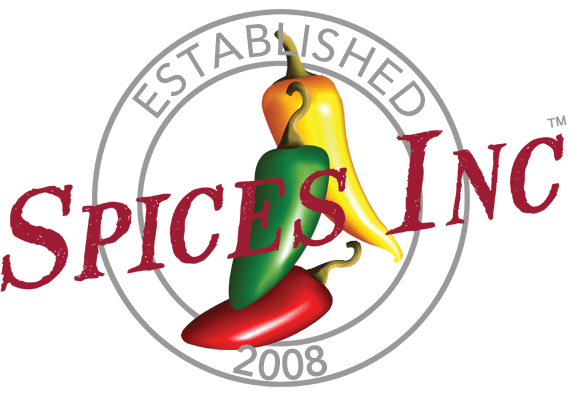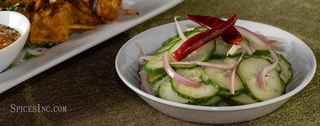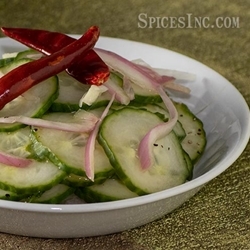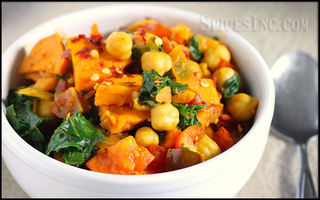Japones Chiles
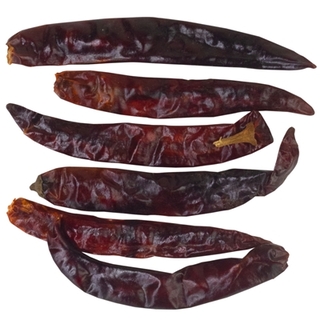

Japones Chiles
Japones Peppers (pronounced ha-po-NAYS), Capsicum annum, are hot chiles that deliver 15,000-30,000 Scoville Heat Units (SHU). This chiles are also called hontaka, santaka, and oriental chile peppers.
Japones Peppers are about 2” long and ½” wide and are one of the most common dried red chiles. These chiles are very light, with approximately 35 chiles per ounce.
Japones do not have a complex flavor, which helps create balance with flavorful and widely used spices, like cilantro, garlic, and lemongrass.
Businesses that commonly purchase Japones Chiles are those who manufacture broths, soups, sauces, seafood, spice shops and seasoning companies. Restaurants that specialize in Mexican, middle eastern and American cuisine are also frequent buyers.
You can also browse our complete selection of whole dried chiles.
Flavor Profile
The Japones Chile has a very clean, sharp, neutral taste; it is primarily used for heat.
Heat Level
We consider Japones Peppers a hot chile, measuring between 15,000 and 30,000 SHU (Scoville Heat Units).
How to Use
You'll find these fiery chiles in chutneys, salsas, sauces, and stir-fries. The Japones pepper's high heat, little flavor, and slim form make them ideal for liquid infusions, like hot pepper oils and vodkas. They're frequently steeped in vegetable oils to release and enhance their flavor.
Try them in place of the Tien-Tsin Chile for a milder version of Cucumber Relish. We especially like these in Hot Peanut Sauces, Thai Basil Curry dishes, and Vegetable Jalfrezi. Innovative bakers use Japones peppers in bread and one customer reports crushing the peppers with salt to sprinkle on foods for an extra kick.
| Also Called | Hontaka, santaka, oriental chile peppers, or Chinese chiles |
| Species | Capsicum annuum |
| Ingredients | Japones Chile |
| Flavor Profile | Clean and biting flavor, used mainly for heat |
| Scoville Heat Units | 15,000 - 30,000 SHU |
| Recommended Uses | Chutneys, dim sum, infused oil, salsas, sauces, and stir-fries |
| Cuisine | Caribbean, Chinese, Japanese, and Latin American |
| How To Store | Airtight container in a cool, dark place |
| Shelf Life | 1-2 Years |
| Country of Origin | India |
Nutrition Facts
Serving Size1 chile, 0.8g
Amount Per Serving
Calories3
% Daily Value*
Total Fat0g0%
Saturated Fat0g0%
Trans Fat0g
Polyunsaturated Fat0g
Monounsaturated Fat0g
Cholesterol0mg0%
Sodium0.3mg0%
Total Carbohydrate0.5g0%
Dietary Fiber0.0g0%
Total Sugars0.4g
Added Sugars0g0%
Sugar Alcohol0.0g
Protein0.1g0%
Vitamin D0mcg0%
Calcium1mg0%
Iron0mg0%
Potassium0mg0%
*The % Daily Value (DV) tells you how much a nutrient in a serving of food contributes to a daily diet. 2,000 calories a day is used for general nutrition advice. These values were calculated and therefore are approximate. For more accuracy, testing is advised.
